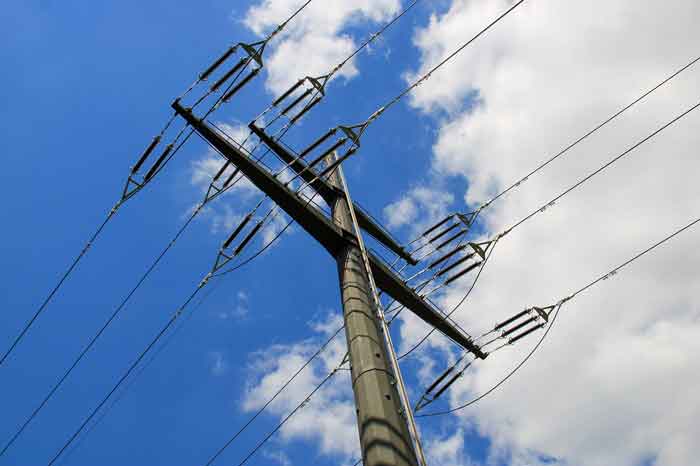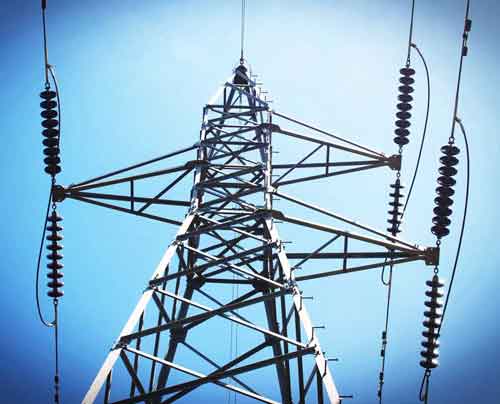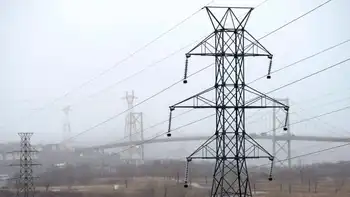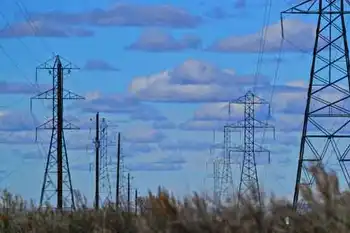Google invests in underwater cable
- Google has thrown its financial clout behind a proposed 350-mile underwater electric cable off the U.S. East Coast that could form the backbone of a grid carrying power from future offshore wind turbines.
Japan's Marubeni and New York investment firm Good Energies are joining in financing the project, which will be led by transmission-line developer Trans-Elect. The cable will help developers of offshore wind projects to surmount a major cost challenge — connecting their turbines back to the grid in a way that allows them to sell to multiple customers.
Google announced the move, which it called an investment in "a superhighway for clean energy" on its corporate blog. googleblog.blogspot.com/
Current U.S. wind farms are capable of generating 35.6 gigawatts of electricity, enough to meet the needs of about 9.7 million homes, according to the American Wind Energy Association. All of that capacity is land-based, with the largest capacity in Texas, Iowa and California.
The densely populated East Coast has fewer turbines, in part because of a lack of open space for them. Offshore installations, advocates argue, offer a way to generate electricity close to major coastal population centers without also producing the greenhouse gases associated with global climate change.
Google, an often-quirky company, said in late 2007 that it would begin to invest in companies and fund research into producing affordable renewable energy. It has also invested in onshore wind and solar energy.
The Internet search giant did not disclose the anticipated cost of the cable, which would run from Virginia to New Jersey, but The New York Times reported it as about $5 billion.
Offshore wind on the East Coast could generate about 127 gigawatts of power, enough to meet half of those states' current electric demand, according to a recent study by ocean conservation group Oceana. About a dozen offshore wind farms are proposed for the region.
There are currently no offshore wind farms in the United States, although developers including Cape Wind and Deepwater Wind have proposed installations for the waters off Massachusetts, Rhode Island and New Jersey.
"Many coastal areas in the United States have large population centers on an overstretched grid but limited access to a high-quality land-based wind resource," Google Green Business Operations Director Rick Needham said in a blog post.
"These coastal states can take advantage of their most promising renewable resource by using larger wind farms with larger turbines that can take advantage of stronger and steadier winds offshore," he added.
The rising interest has attracted the attention of major industrial companies, including General Electric Co, Siemens AG and Vestas, which make wind turbines.
The proposed cable would be installed under the seabed, 15 miles to 20 miles offshore. That would make turbines all but invisible from the coast and head off one of the major complaints that have dogged Cape Wind, which first proposed a project in 2001.
The cable would be able to transmit about 6 gigawatts of electricity.
Related News
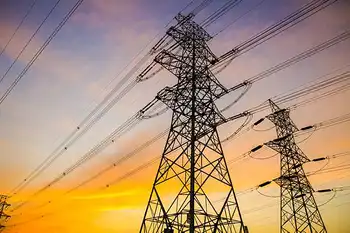
Electricity sales in the U.S. actually dropped over the past 7 years
NEW YORK - Since 2010, the United States has grown by 17 million people, and the gross domestic product (GDP) has increased by $3.6 trillion. Yet in that same time span, electricity sales in the United States actually declined by 3%, according to data released by the U.S. Department of Energy (DOE).
The U.S. decline in electricity sales is remarkable given that the U.S. population increased by 5.8% in that same time span. This means that per capita electricity use fell even more than that; indeed, the Department of Energy pegs residential electricity sales per capita as having declined by 7%.
There…

